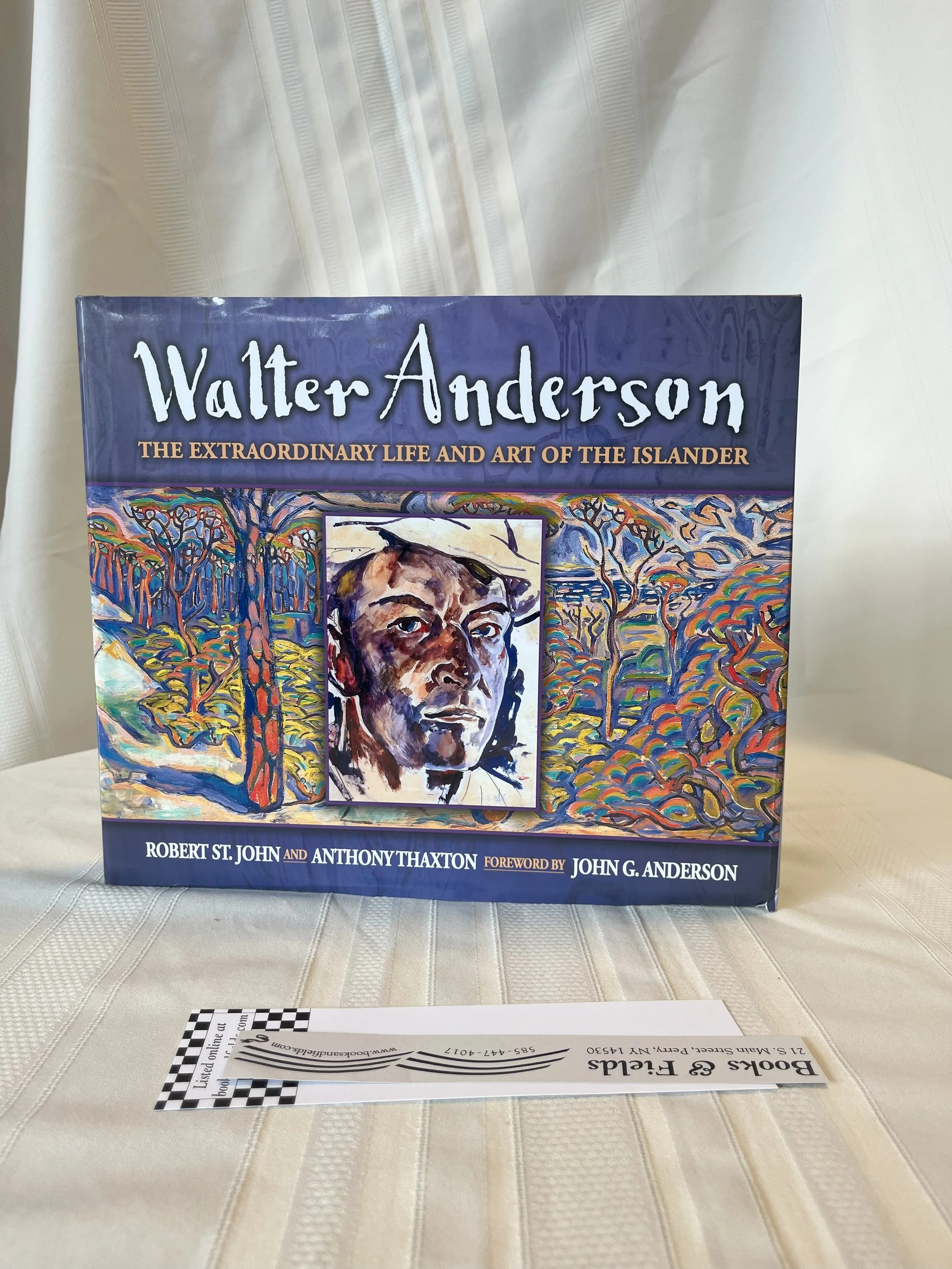 Image 1 of 14
Image 1 of 14

 Image 2 of 14
Image 2 of 14

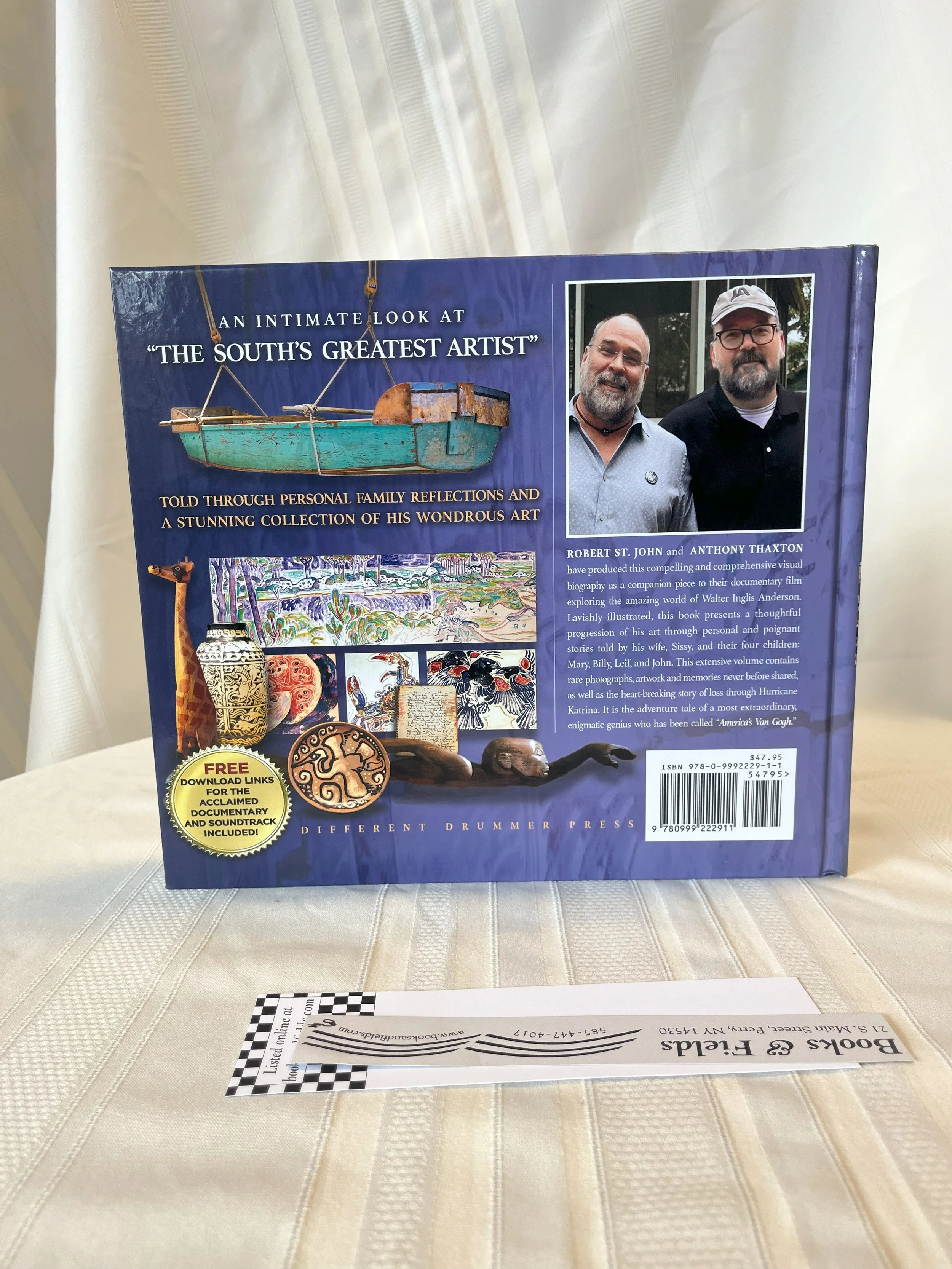 Image 3 of 14
Image 3 of 14

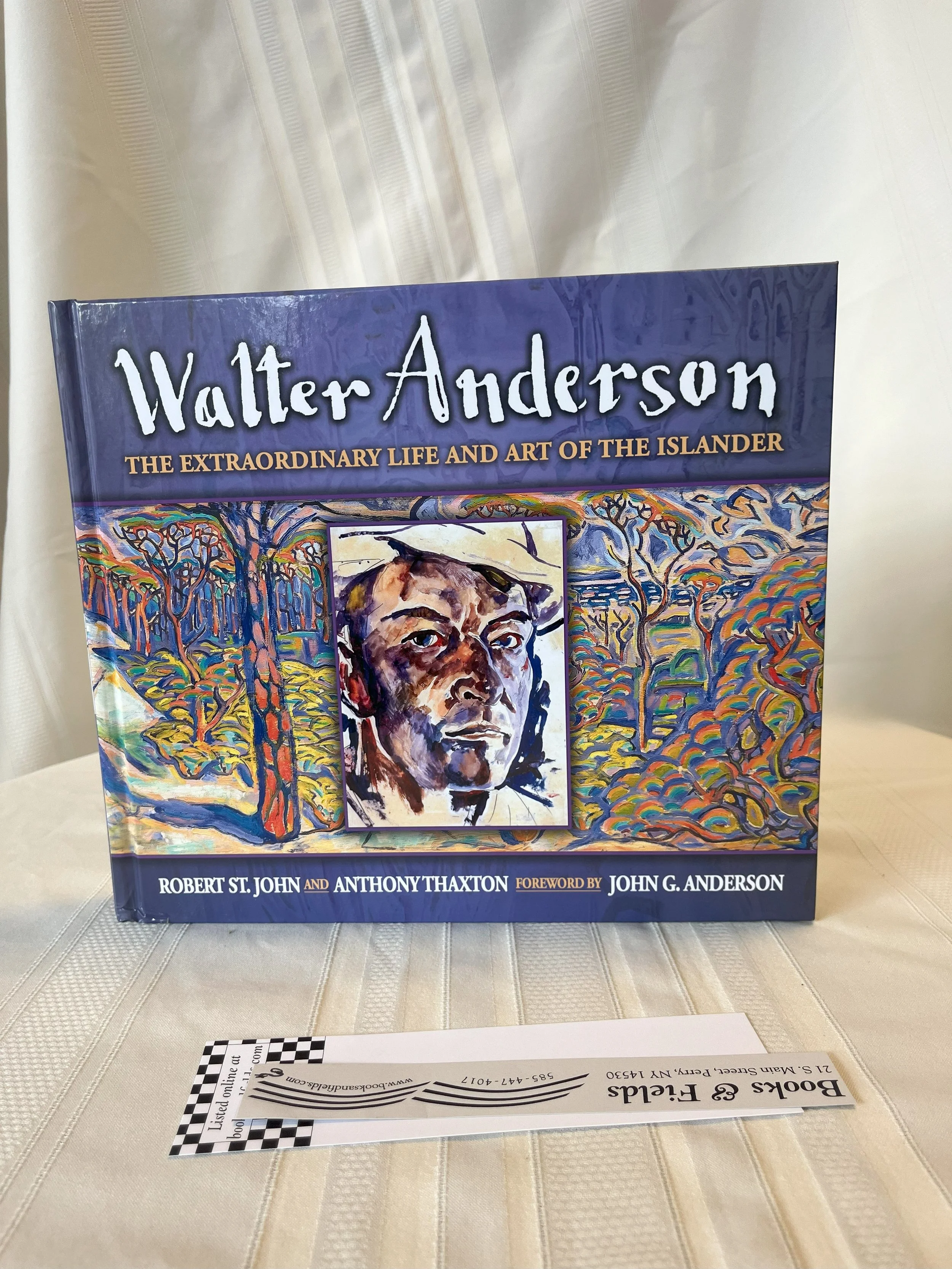 Image 4 of 14
Image 4 of 14

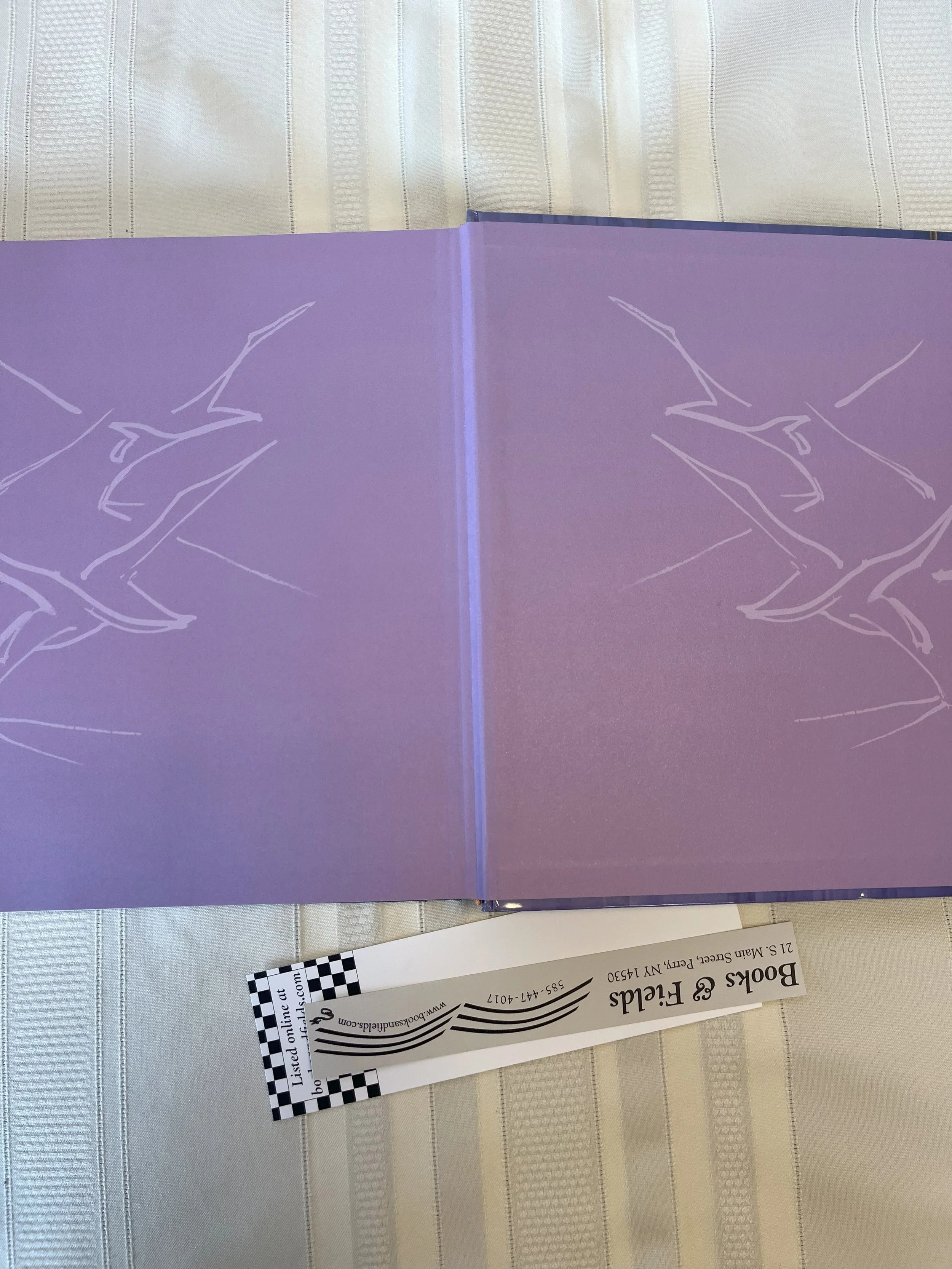 Image 5 of 14
Image 5 of 14

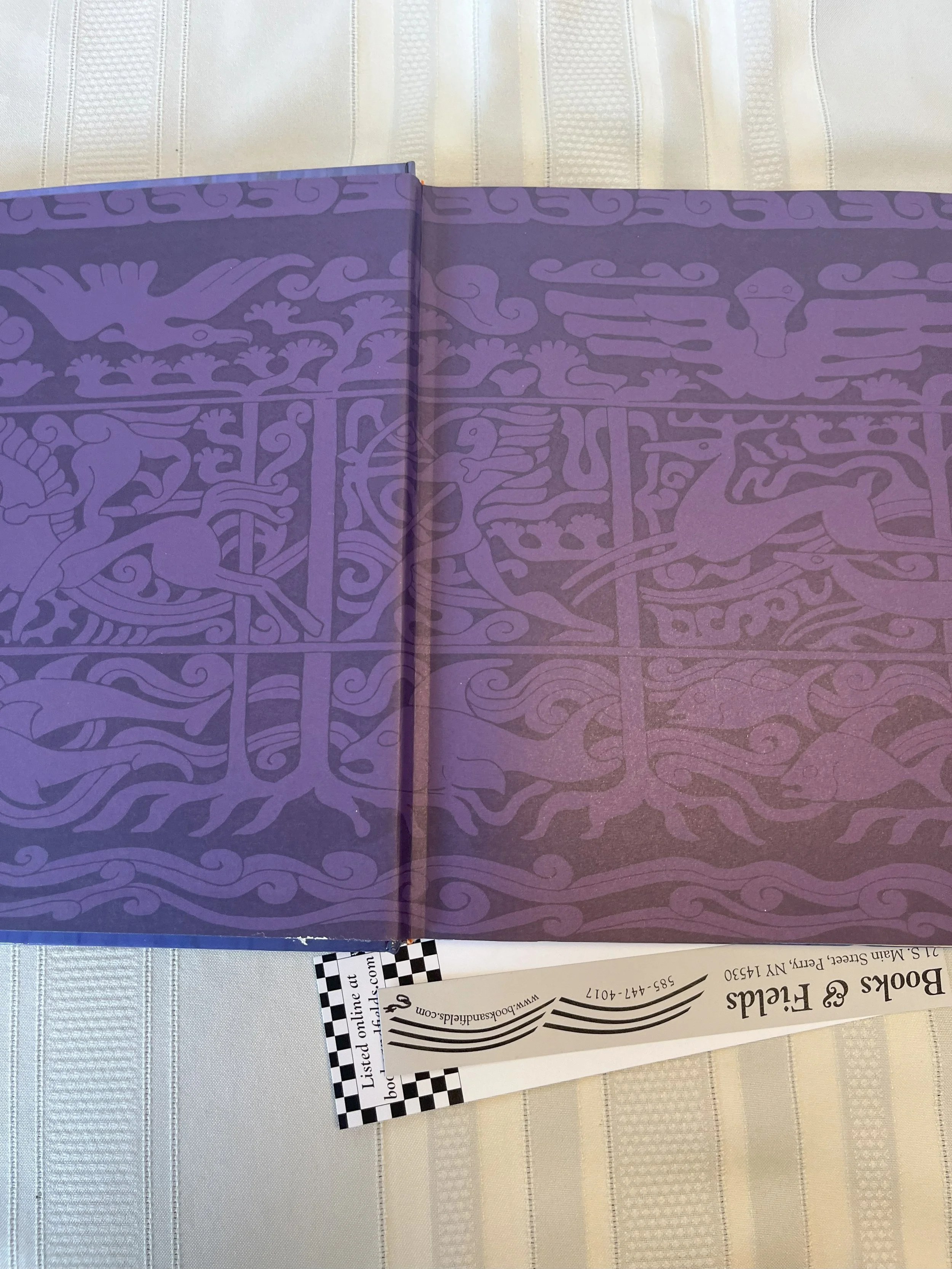 Image 6 of 14
Image 6 of 14

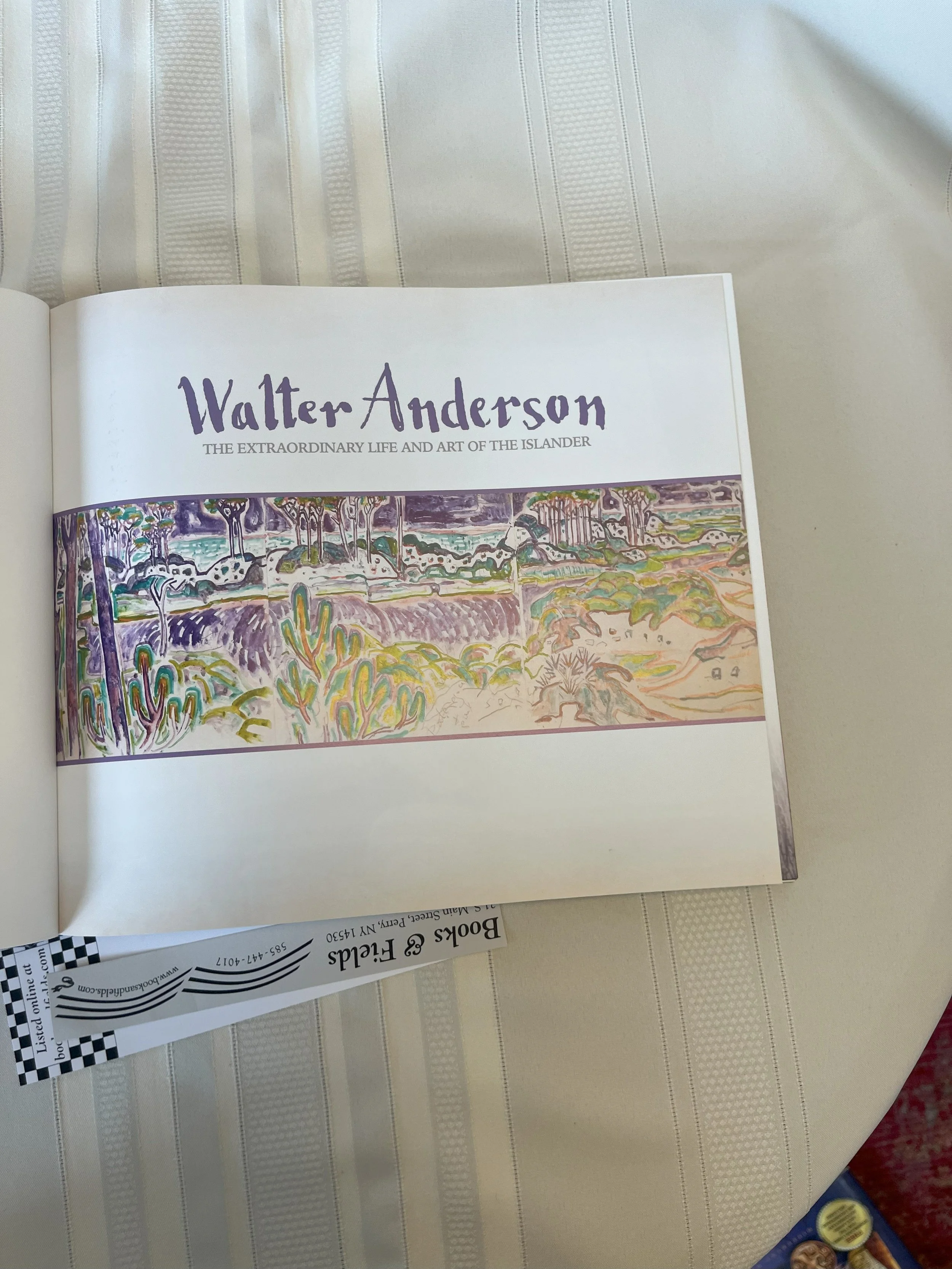 Image 7 of 14
Image 7 of 14

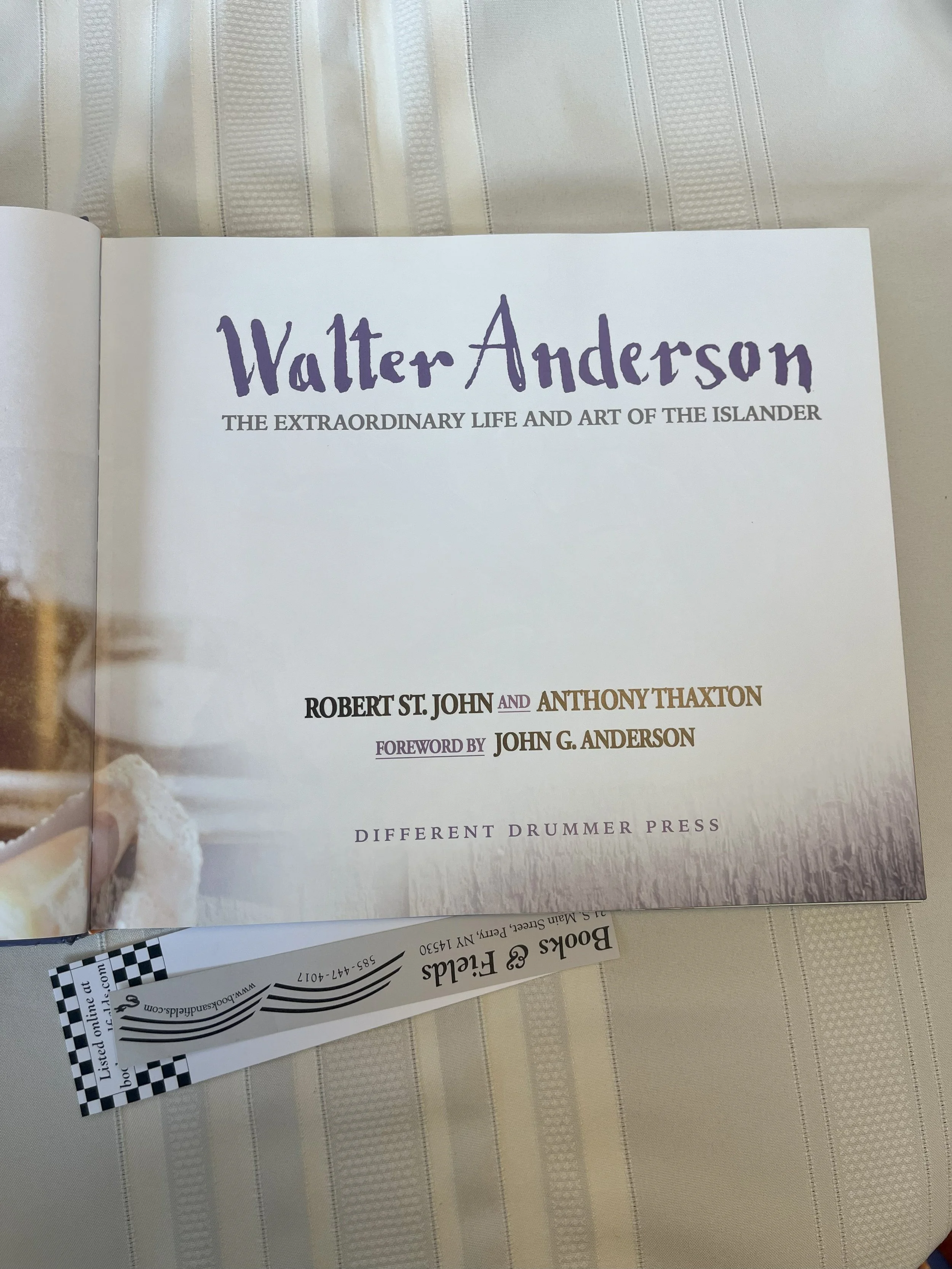 Image 8 of 14
Image 8 of 14

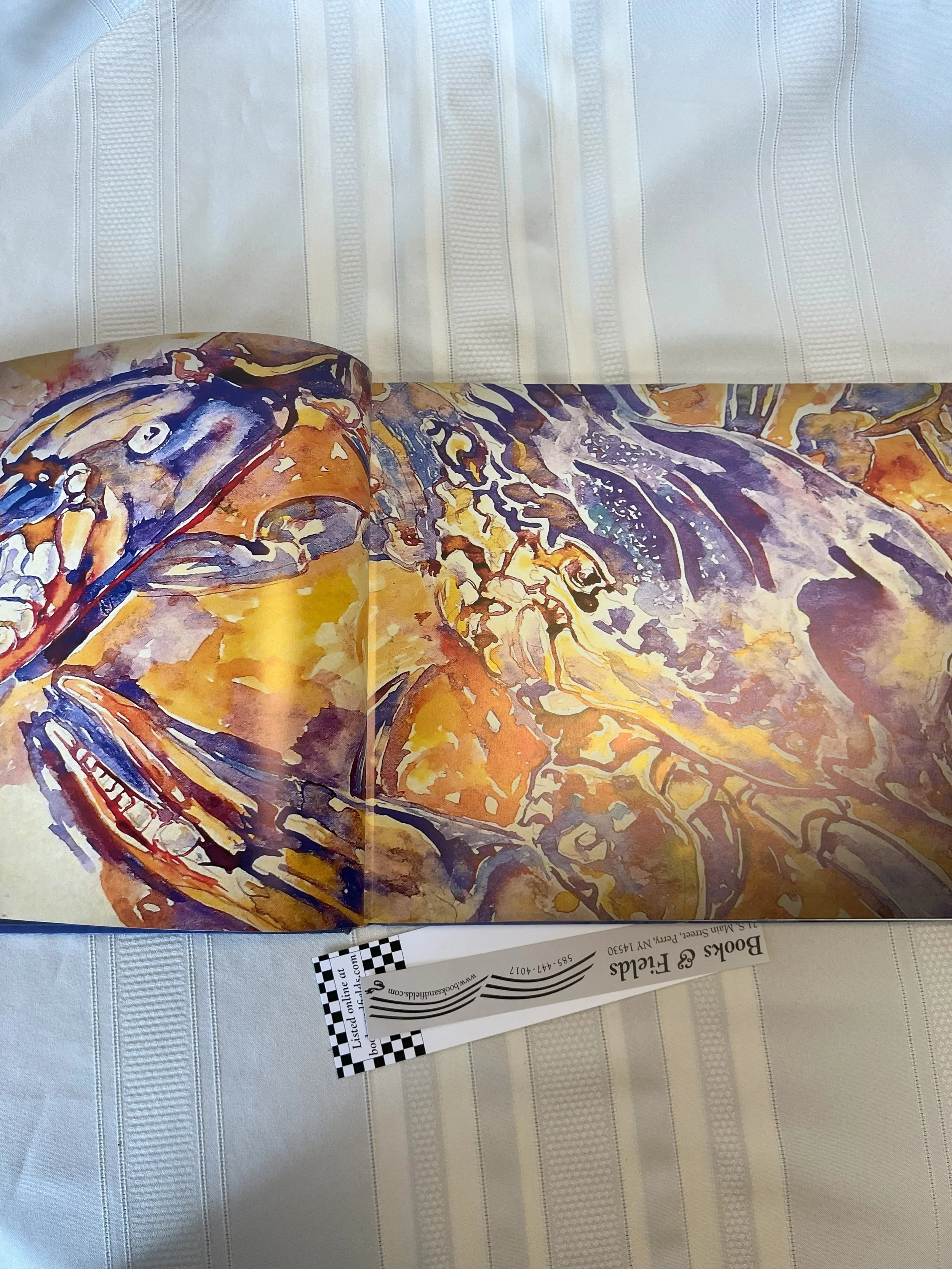 Image 9 of 14
Image 9 of 14

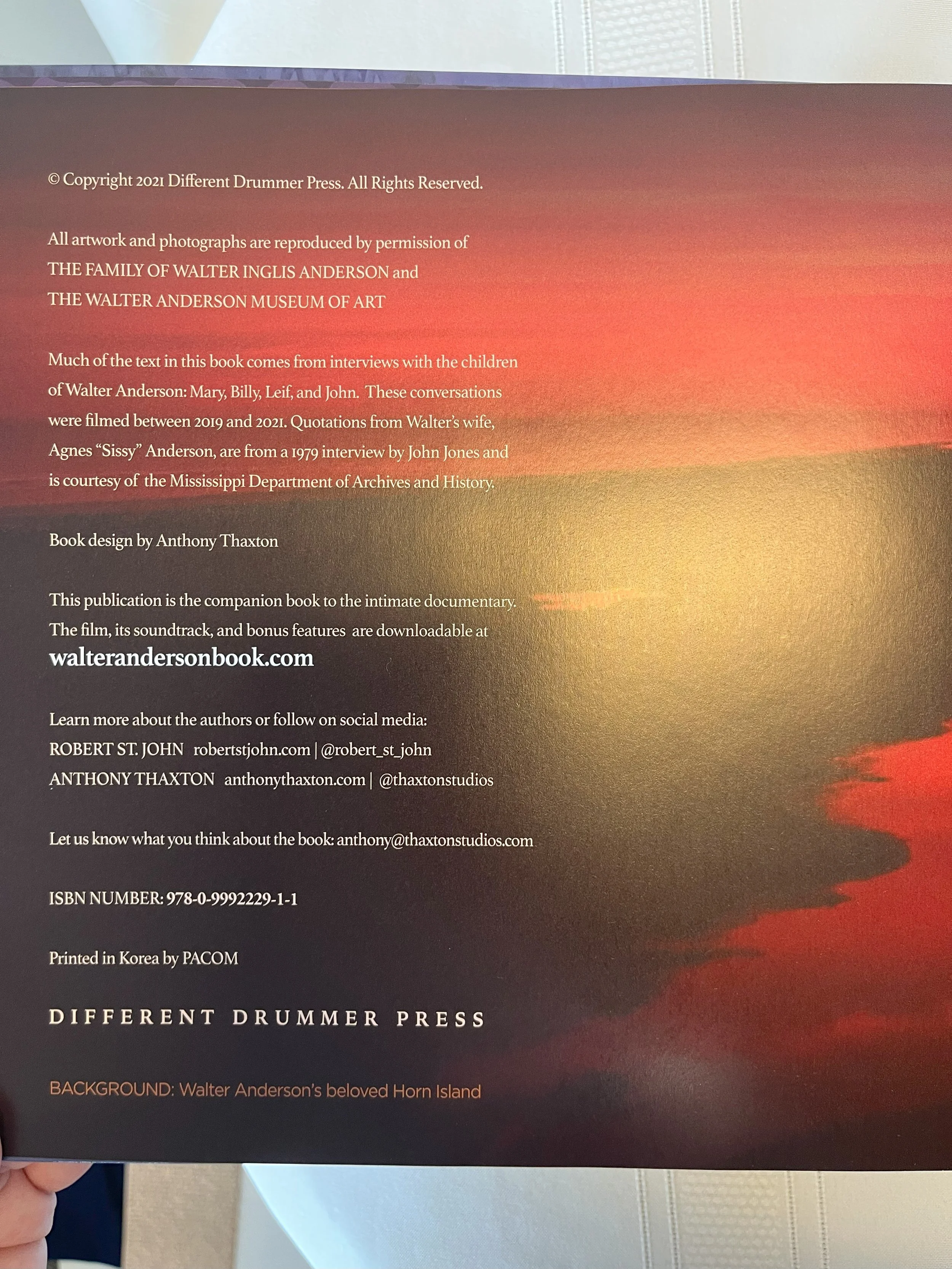 Image 10 of 14
Image 10 of 14

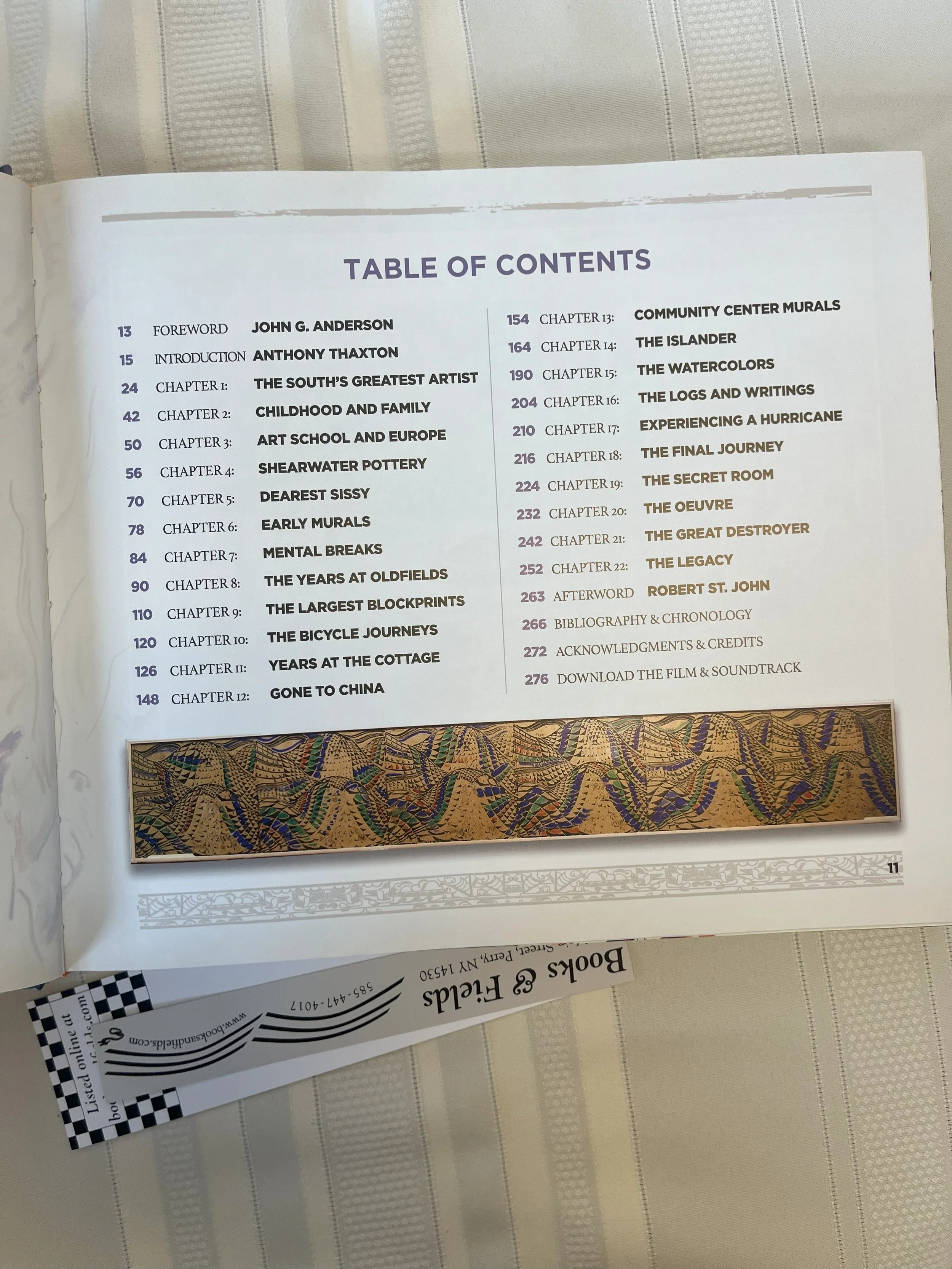 Image 11 of 14
Image 11 of 14

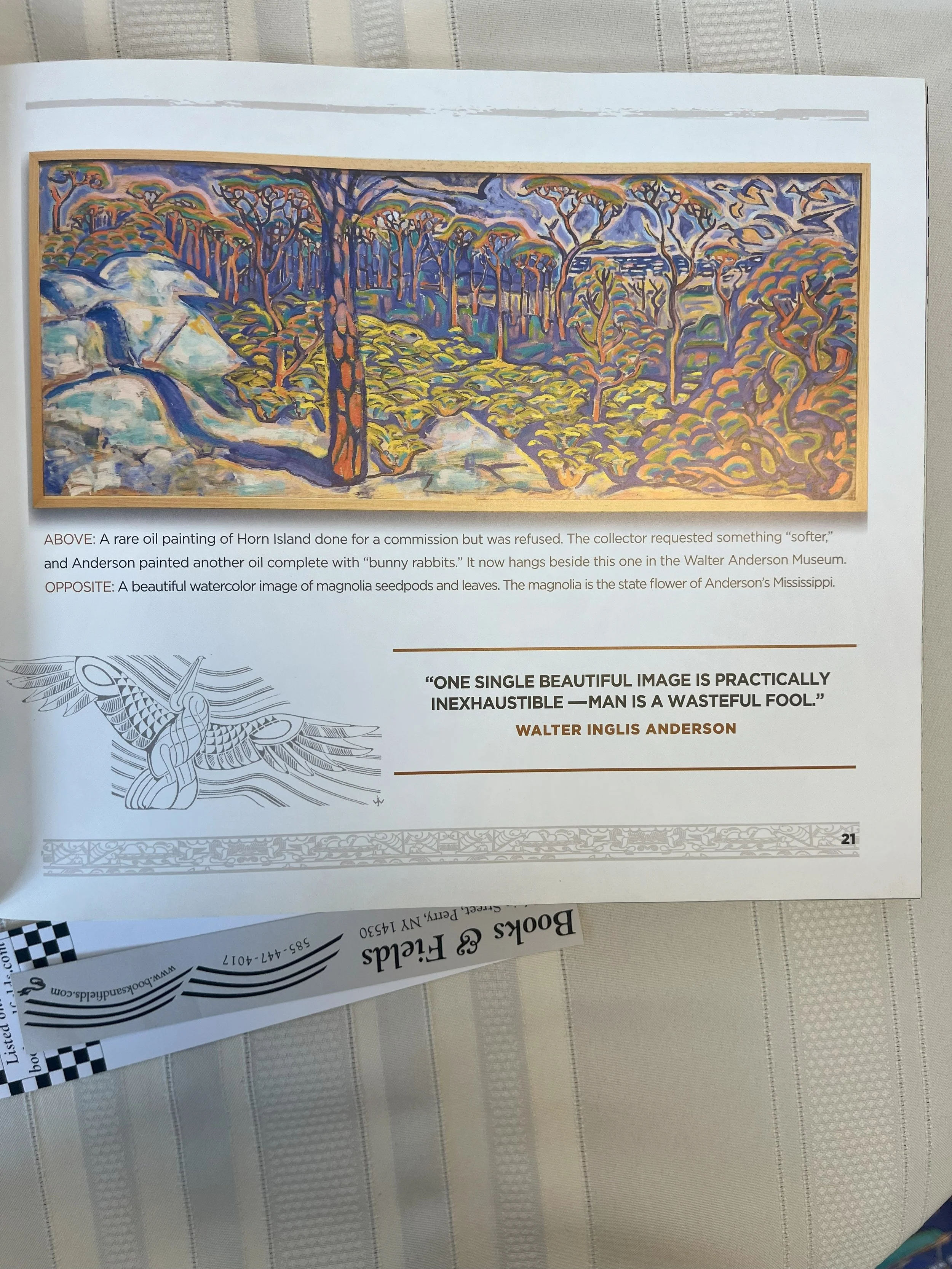 Image 12 of 14
Image 12 of 14

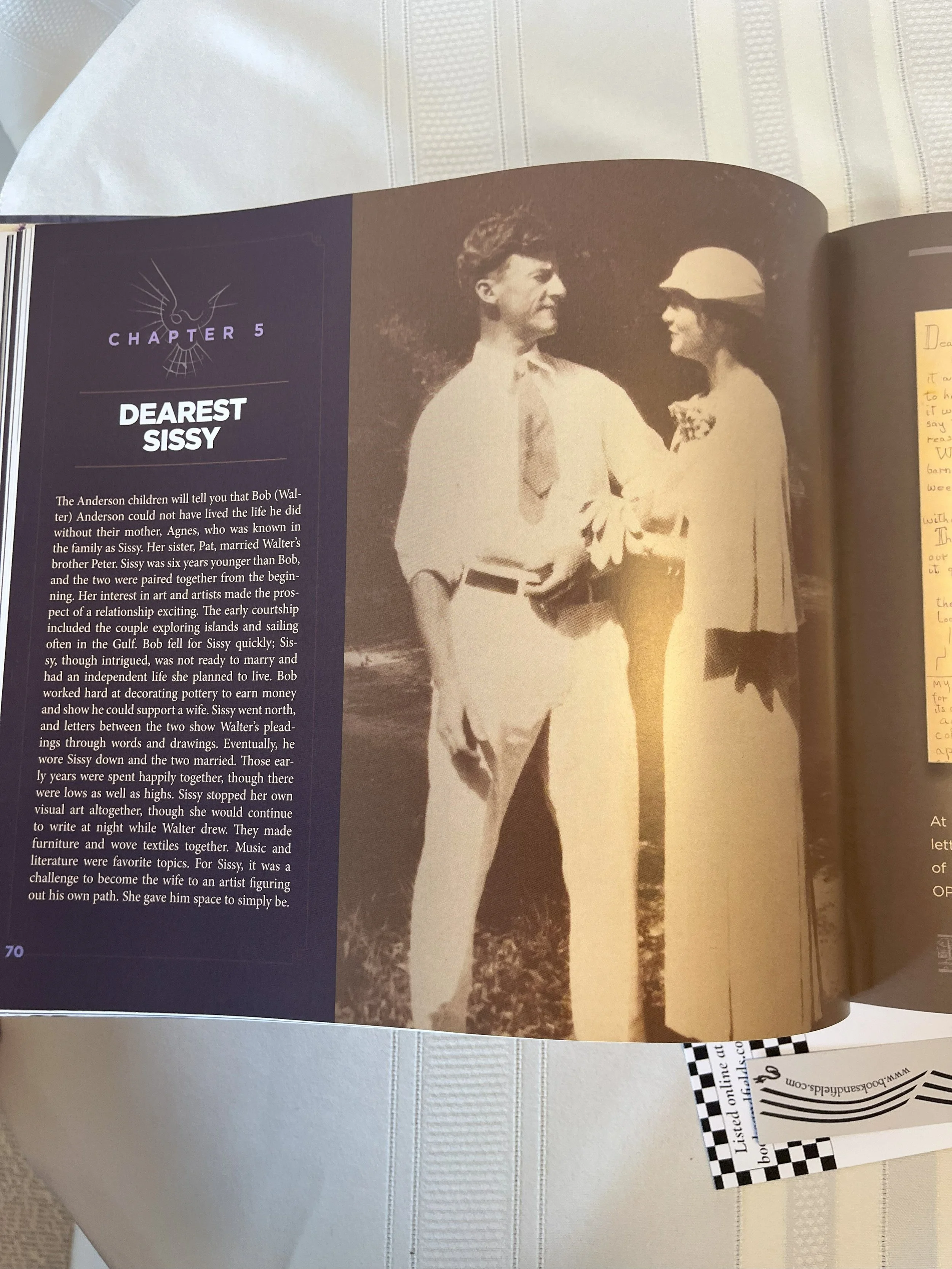 Image 13 of 14
Image 13 of 14

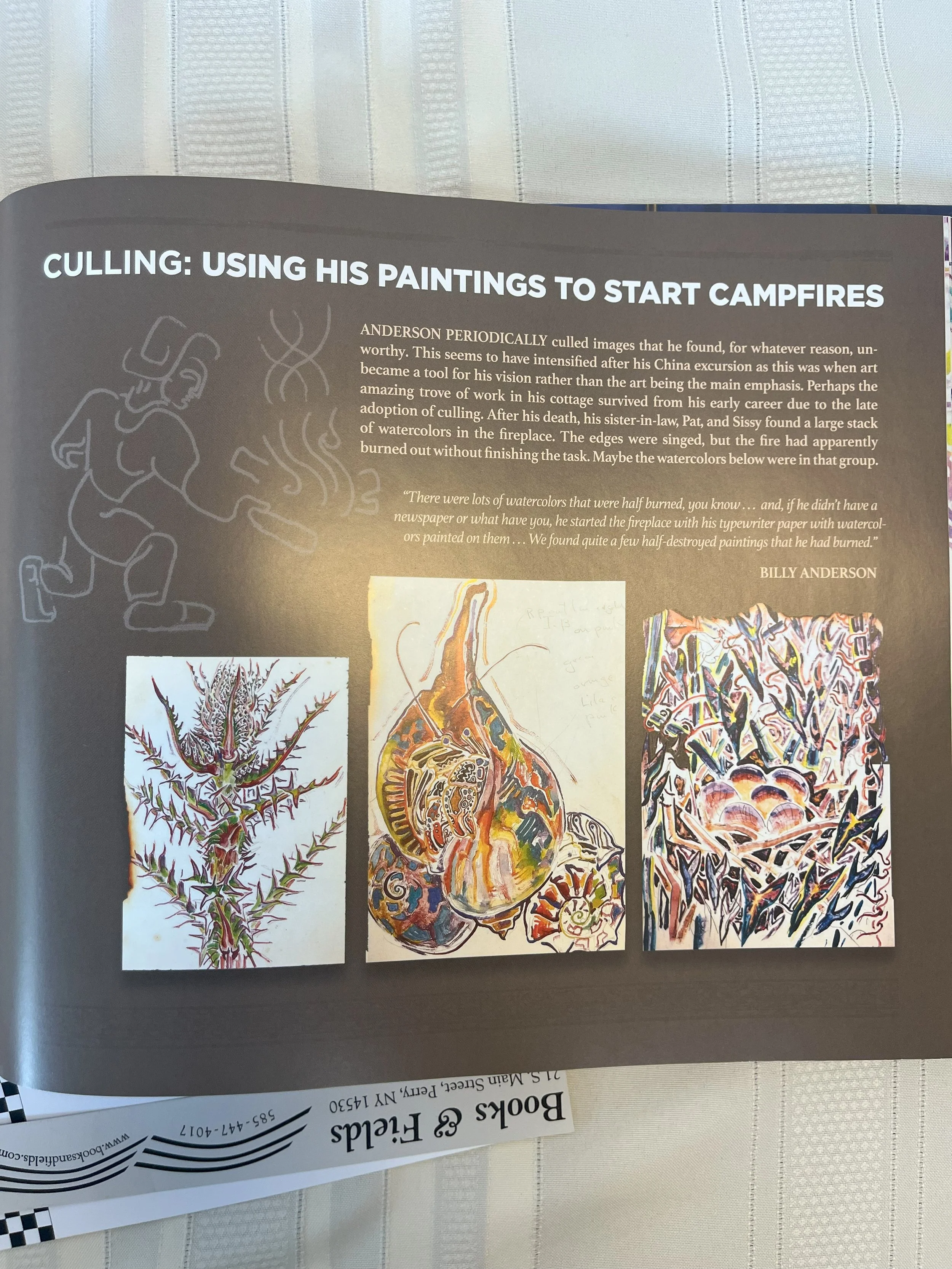 Image 14 of 14
Image 14 of 14















Walter Anderson: The Extra Ordinary life and Art of the Islander by Robert St. John and Anthony Thaxton
Author: Robert St. John and Anthony Thaxton
Foreword by John G. Anderson
Publisher: Different Drummer Press, 2021
ISBN: 978-0-9992229-1-1
Hardcover
Page Count: 275
Sometimes the story behind the story is important to know. Following is background text from the National Park Service, which manages the island that inspired Anderson as part of the Gulf Islands park [https://www.nps.gov/guis/learn/historyculture/walter-anderson.htm].
Known by the locals as “that crazy artist,” his family called him “Bob.” Bob worked as a decorator at his family’s pottery shop. He married Agnes “Sissy” Grinstead in 1933. During this time, it became evident that Bob struggled with mental illness. Hospitalized against his will, Bob received a new form of shock treatment for mental health concerns. He escaped from several mental health hospitals. Eventually, Bob found a balance living a life of recluse in coastal Mississippi.
In 1944, Bob fell in love with the Mississippi islands, especially Horn Island. In the wilderness, he found an escape from the pressures and personal demons that plagued him on the mainland. Rising with the sun, Bob would marvel at the light and colors on the island. He painted with watercolors, quick to dry, so that he could capture fleeting moments before they were gone. His paintings, much like the barrier island that inspired them, were not made to be permanent. It was not realized until he passed away how many pieces of art he had created. His wife, Sissy, found hundreds of drawings and watercolors littering Anderson’s cottage. Unfortunately, water damage and pests ruined much of his art. His remaining pieces gained him the respect and fame he never wanted or cared about during his life.
Without straining the analogy, Anderson had a feel for color that Van Gogh would have recognized. He makes you want to go to that place that inspired him. There is a reason art therapy is a profoundly helpful treatment for many emotionally disturbed persons. God bless him for coping in this magnificent way.
Author: Robert St. John and Anthony Thaxton
Foreword by John G. Anderson
Publisher: Different Drummer Press, 2021
ISBN: 978-0-9992229-1-1
Hardcover
Page Count: 275
Sometimes the story behind the story is important to know. Following is background text from the National Park Service, which manages the island that inspired Anderson as part of the Gulf Islands park [https://www.nps.gov/guis/learn/historyculture/walter-anderson.htm].
Known by the locals as “that crazy artist,” his family called him “Bob.” Bob worked as a decorator at his family’s pottery shop. He married Agnes “Sissy” Grinstead in 1933. During this time, it became evident that Bob struggled with mental illness. Hospitalized against his will, Bob received a new form of shock treatment for mental health concerns. He escaped from several mental health hospitals. Eventually, Bob found a balance living a life of recluse in coastal Mississippi.
In 1944, Bob fell in love with the Mississippi islands, especially Horn Island. In the wilderness, he found an escape from the pressures and personal demons that plagued him on the mainland. Rising with the sun, Bob would marvel at the light and colors on the island. He painted with watercolors, quick to dry, so that he could capture fleeting moments before they were gone. His paintings, much like the barrier island that inspired them, were not made to be permanent. It was not realized until he passed away how many pieces of art he had created. His wife, Sissy, found hundreds of drawings and watercolors littering Anderson’s cottage. Unfortunately, water damage and pests ruined much of his art. His remaining pieces gained him the respect and fame he never wanted or cared about during his life.
Without straining the analogy, Anderson had a feel for color that Van Gogh would have recognized. He makes you want to go to that place that inspired him. There is a reason art therapy is a profoundly helpful treatment for many emotionally disturbed persons. God bless him for coping in this magnificent way.